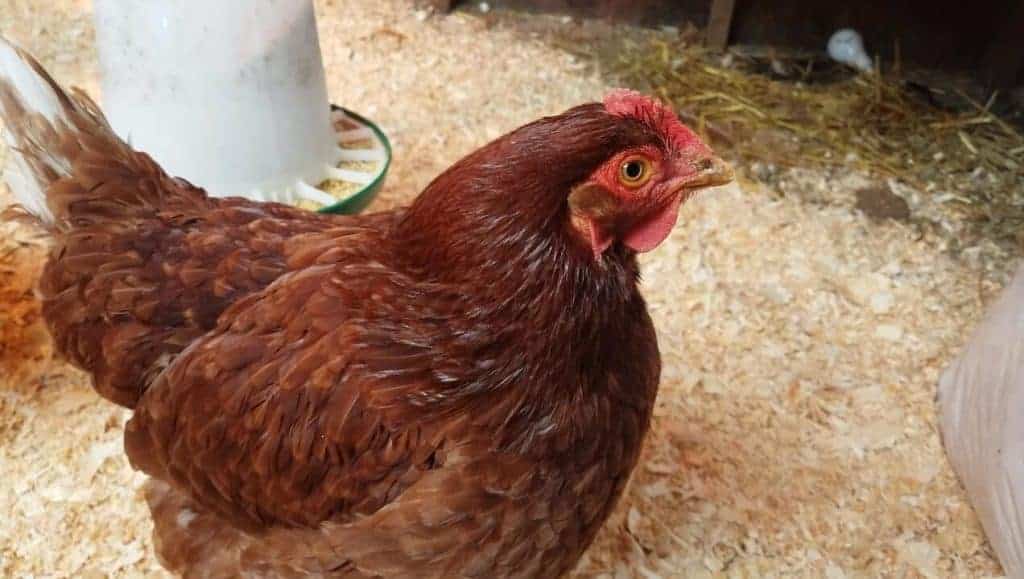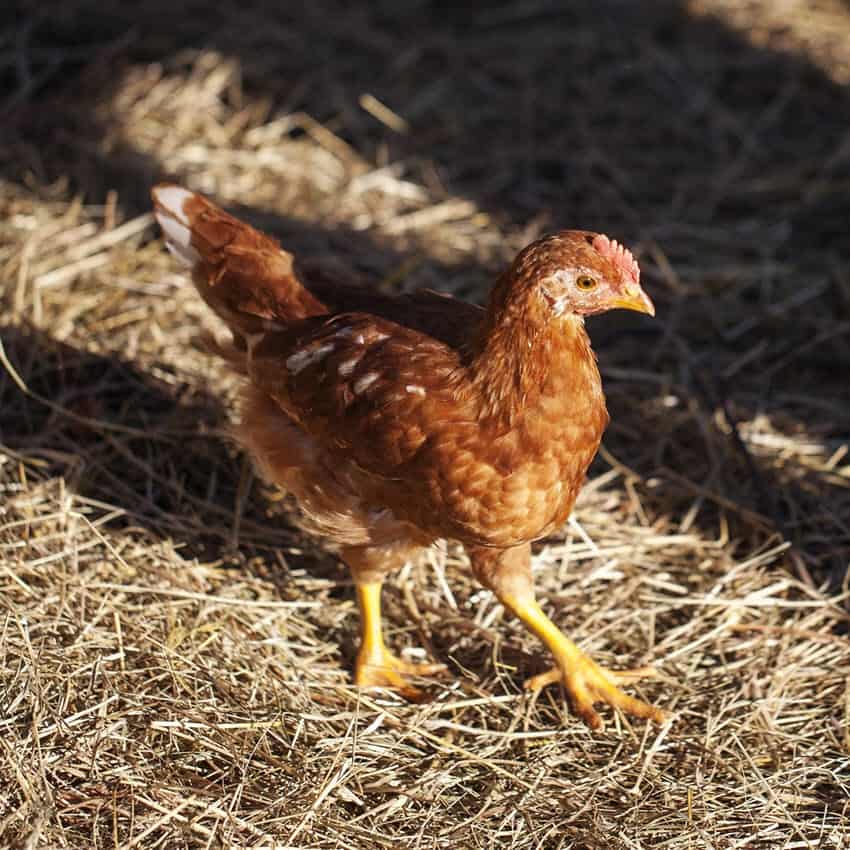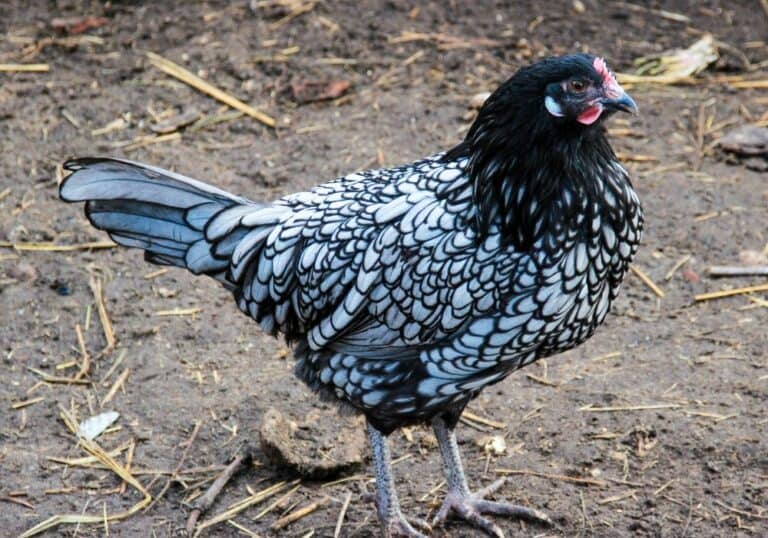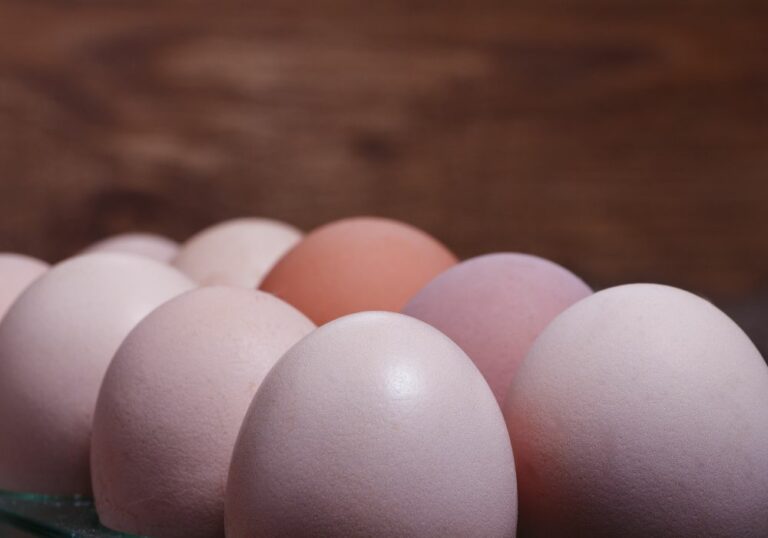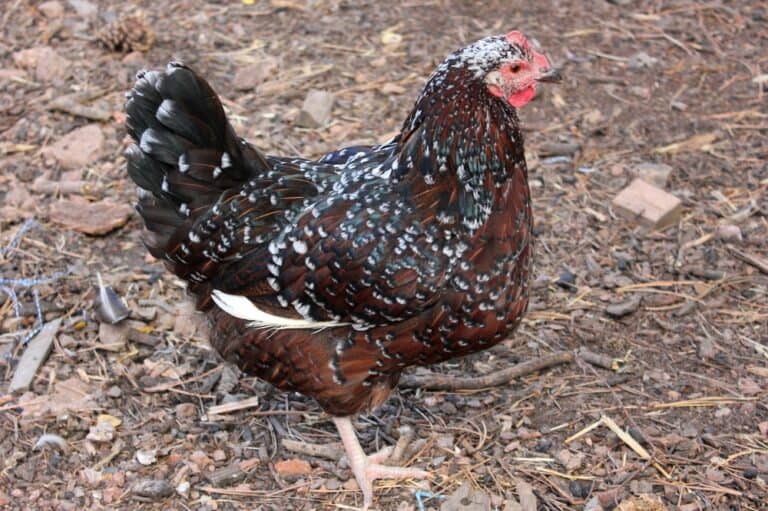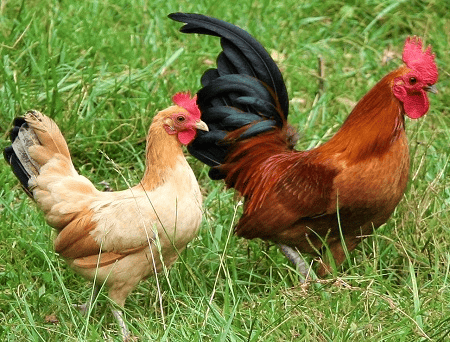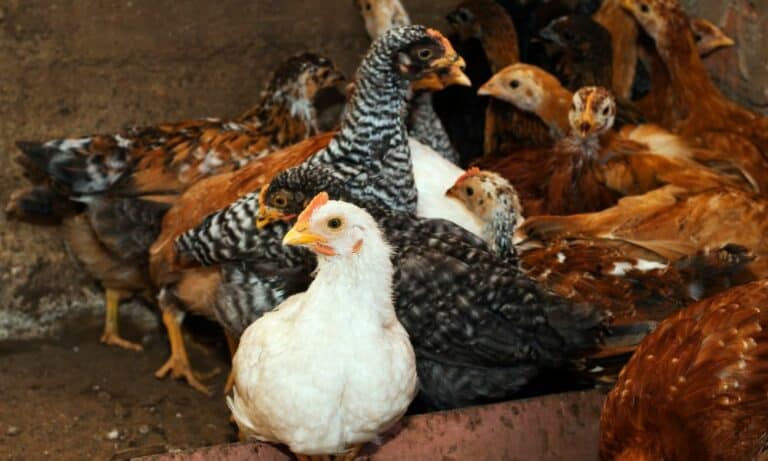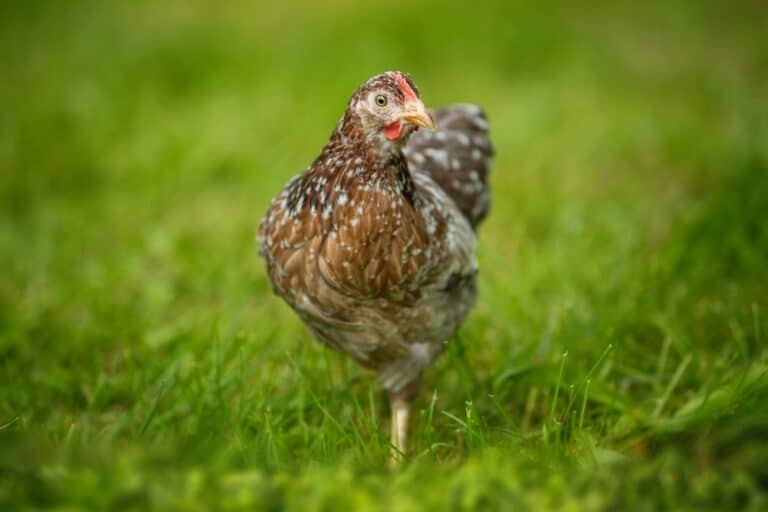It’s easy to think that all chickens are the same but that couldn’t be further from the truth. There are a wide variety of breeds out there who all lay a different size and color of the egg and, crucially, a different quantity too.
If you want to have your own eggs, then the last thing you want to do is buy any old chicken and find they are bad egg layers. Thankfully, there are many brilliant breeds out there, and here’s our guide to finding the best. Let’s go!
15 Best Egg Laying Chickens
We’ve decided to rank these hens from worst to best. That being said, even number 15 on our list is a great layer. We’ll also look at the conditions they need and how easy they are to keep. Let’s start our list with the beautiful New Hampshire Red.
15. New Hampshire Red
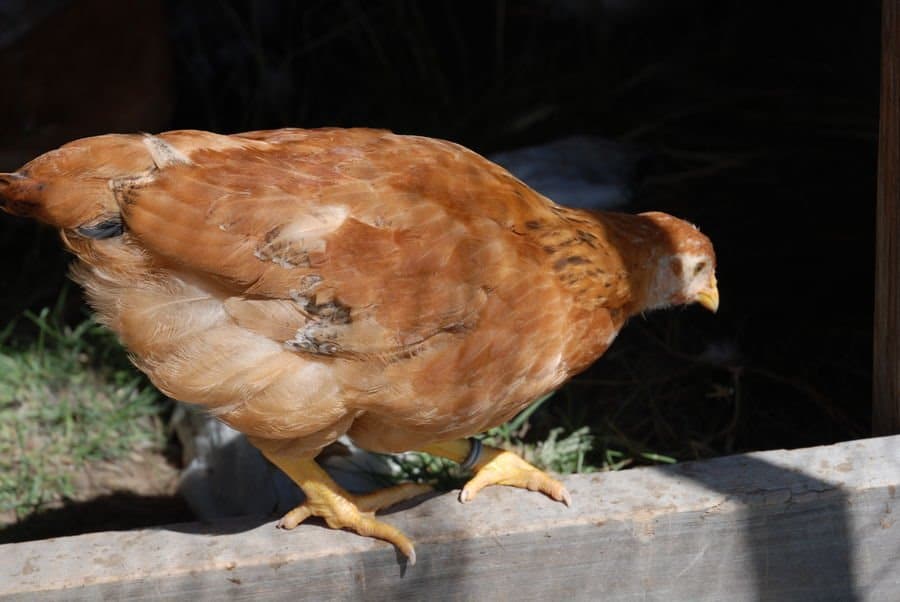
- Use: Eggs and Meat
- Eggs Production: 200
- Egg Size: Large
- Egg Color: Light Brown
- Best For: Beginners
The New Hampshire Red is a great egg producer but is also commonly used for its meat. That’s because they are very large chickens but if you’re looking for just eggs, then you’ll get around 200 large eggs a year from them, which is around 4 per week.
They come from the state that bears their name and are very easy to keep, making them a good option for beginners. However, they often aren’t great coop mates with other chickens, as they can bully smaller breeds.
14. Welsummer
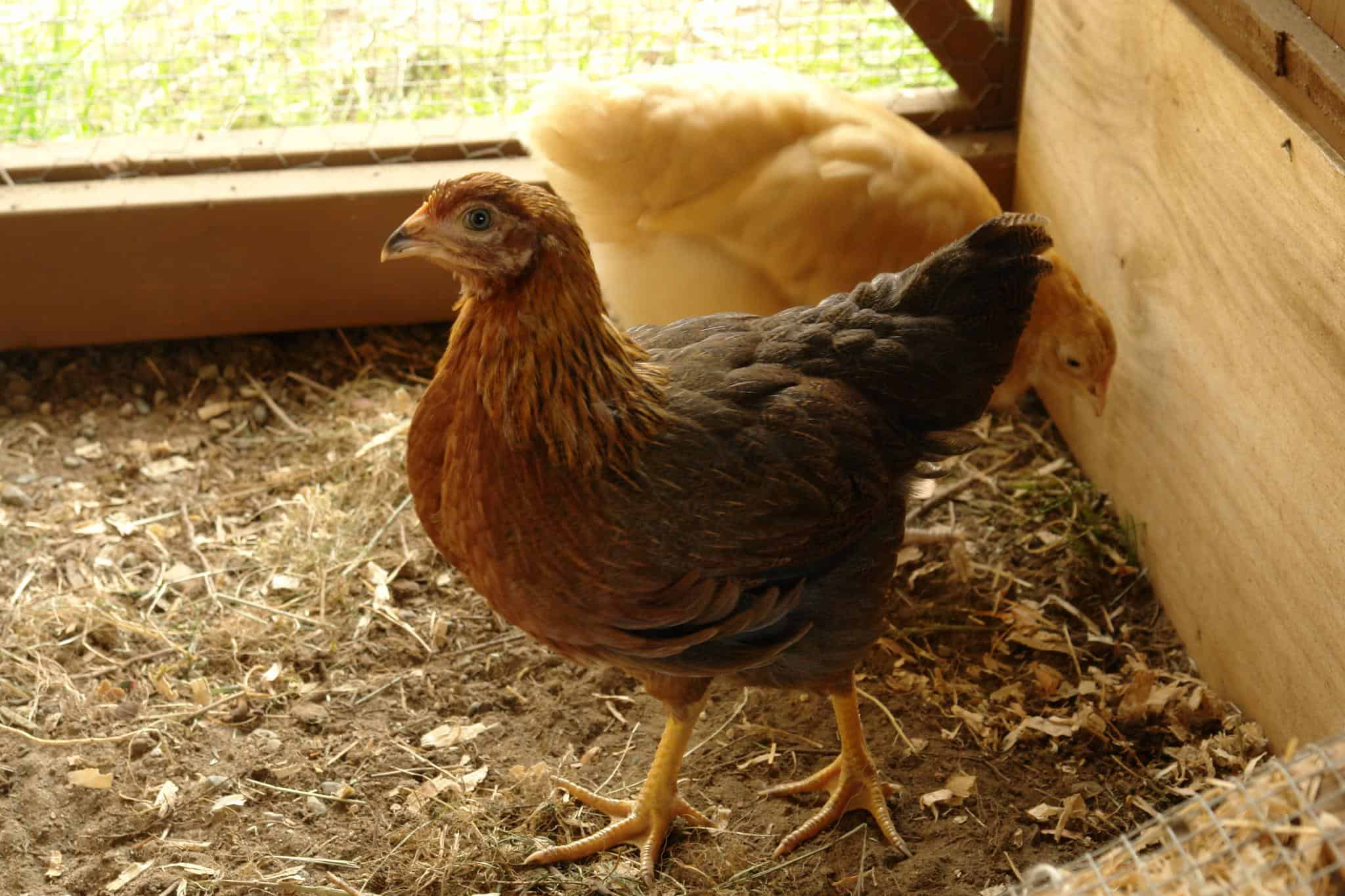
- Use: Eggs and Meat
- Eggs Production: 200
- Egg Size: Large
- Egg Color: Red or Dark Brown
- Best For: Multi-Breed Coops
In contrast to the New Hampshire Red, Welsummer’s are a good idea for multi-breed coops due to their friendly nature. They often have a beautiful red or gold color and are known as one of the most attractive chicken breeds.
They do require plenty of space to forage but you don’t need to worry about them being aggressive or skittish. This breed is also known for their attractively colored eggs as they often have a red or very dark brown hue.
13. Easter Egger
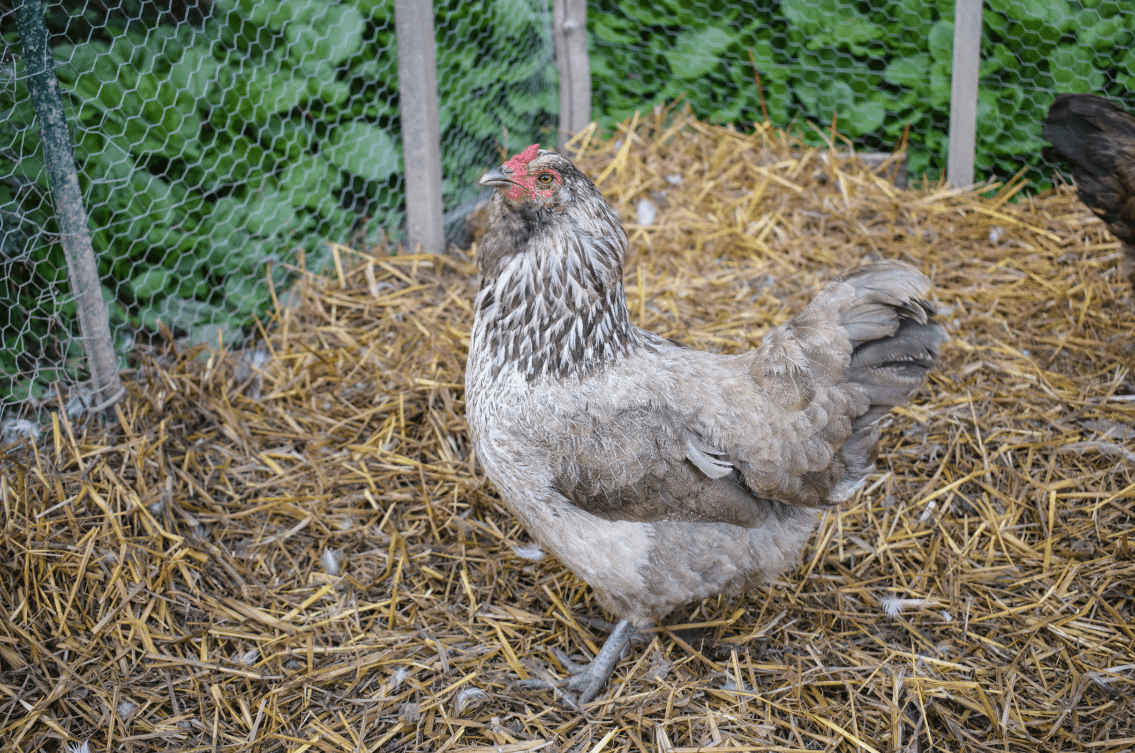
- Use: Eggs
- Eggs Production: 220
- Egg Size: Large
- Egg Color: Blue
- Best For: Beautiful Eggs
We mentioned how a Welsummer has an interesting egg, but the Easter Egger takes that to the next level. These have stunning blue eggs and often produce over 200 of them per year. They are perfect if you want something unique.
This hybrid is usually known to be quite friendly, but this isn’t always the case, as some can be a little nervous. Due to this, they aren’t the best option for families. However, these intelligent chickens are quite inquisitive and a joy to keep.
12. Plymouth Rock
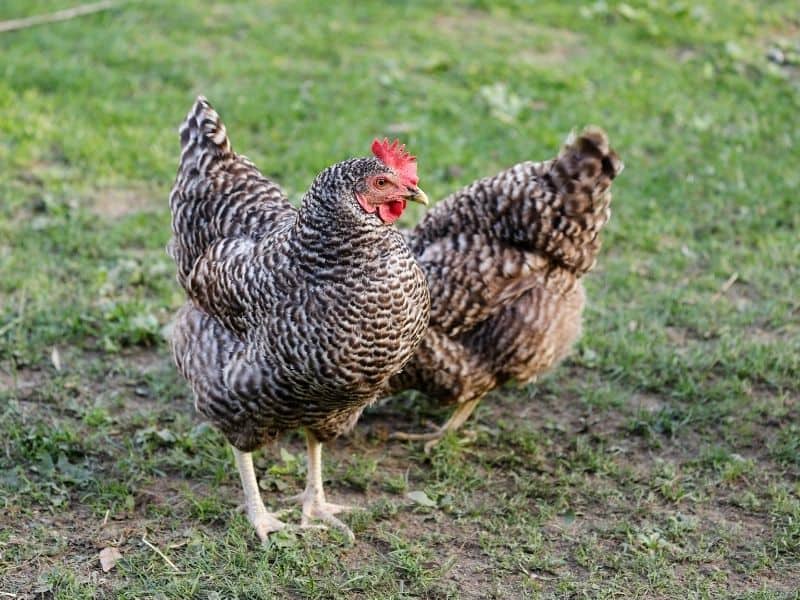
- Use: Eggs and meat
- Eggs Production: 220
- Egg Size: Large
- Egg Color: Brown
- Best For: Winter Laying
Do you live in a cold climate and need a hardy chicken? If so, then you can’t go wrong with the Plymouth Rock. These large birds can easily withstand tougher conditions and will lay throughout the winter months.
They come in a wide range of colors and are good for first-time chicken keepers. Part of the reason for that is because they are friendly and tame, and don’t mind being petted. However, they are large birds and do better when in free range. Therefore, they often need plenty of space.
11. Rhode Island Red
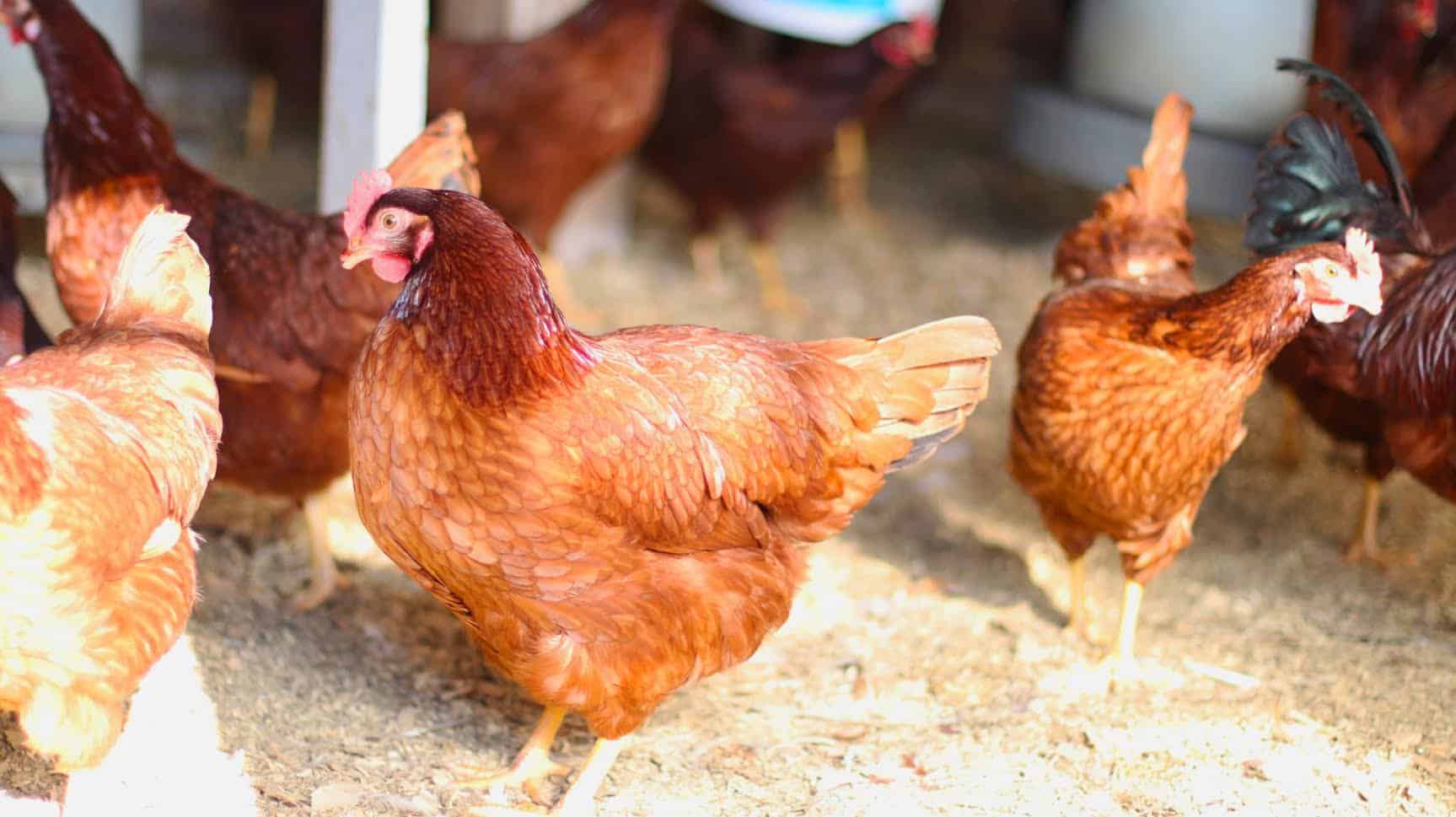
- Use: Eggs/Meat/Pets
- Eggs Production: 250
- Egg Size: Large
- Egg Color: Brown
- Best For: Beginners and Families
The Rhode Island Red has an interesting history as it was designed by humans in Rhode Island, but the bird itself is today used to create many other hybrids. The reason for that is due to it providing owners with a constant supply of large eggs.
They are also known as one of the most attractive chickens due to their deep red plumage. If you are looking for a chicken that your children will love, this is a great idea. They are easy-going, great with kids, and are quite self-sufficient. While they can be bred for meat, that’s rare due to their excellent egg-laying.
10. Australorp
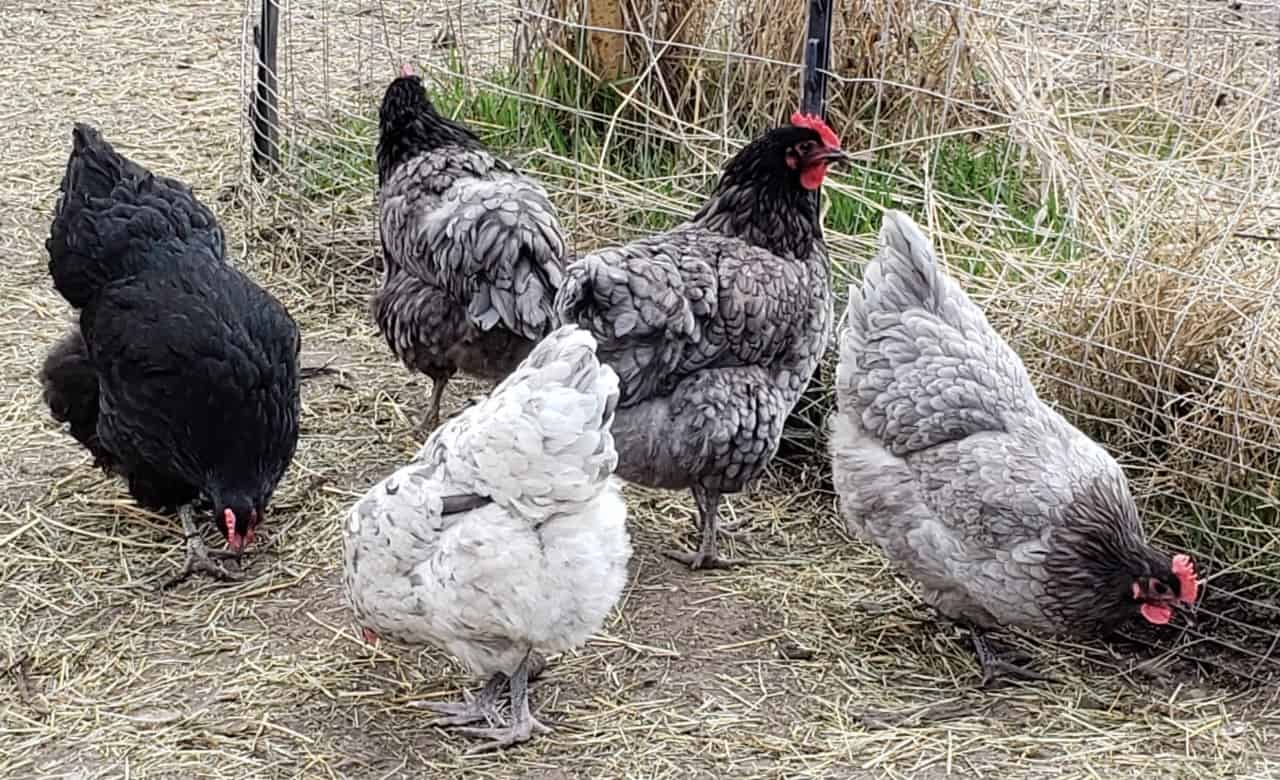
- Use: Eggs
- Eggs Production: 300
- Egg Size: Medium
- Egg Color: Light Brown
- Best For: Open Areas
As with the Rhode Island Red, the Australorp is a chicken that can technically be used for meat but often isn’t. Instead, these birds are ideal for those who want to have a high quantity of medium-sized eggs.
They were successfully adapted from Black Orpington, which is a breed that very nearly made our list. Like their ancestor, these are black chickens that have distinctively red wattles and crowns. They excel in environments where they have plenty of space to roam.
9. Prairie Bluebell Egger
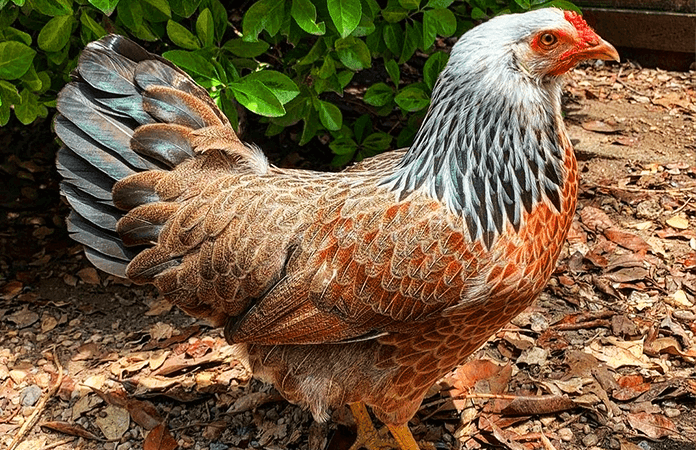
- Use: Eggs
- Eggs Production: 275
- Egg Size: Medium
- Egg Color: Blue
- Best For: Cost Efficiency
These chickens generally don’t produce quite as many eggs as the Australorp but there are a couple of reasons why they are higher in our list. Firstly, these hybrid chickens are placid and hardy, making them ideal for beginners.
Added to that, they don’t eat much, making them one of the most cost-effective chickens in the world. They are good foragers and are highly attractive too. The last good reason to get these chickens is that they also lay beautiful blue eggs.
8. Sussex
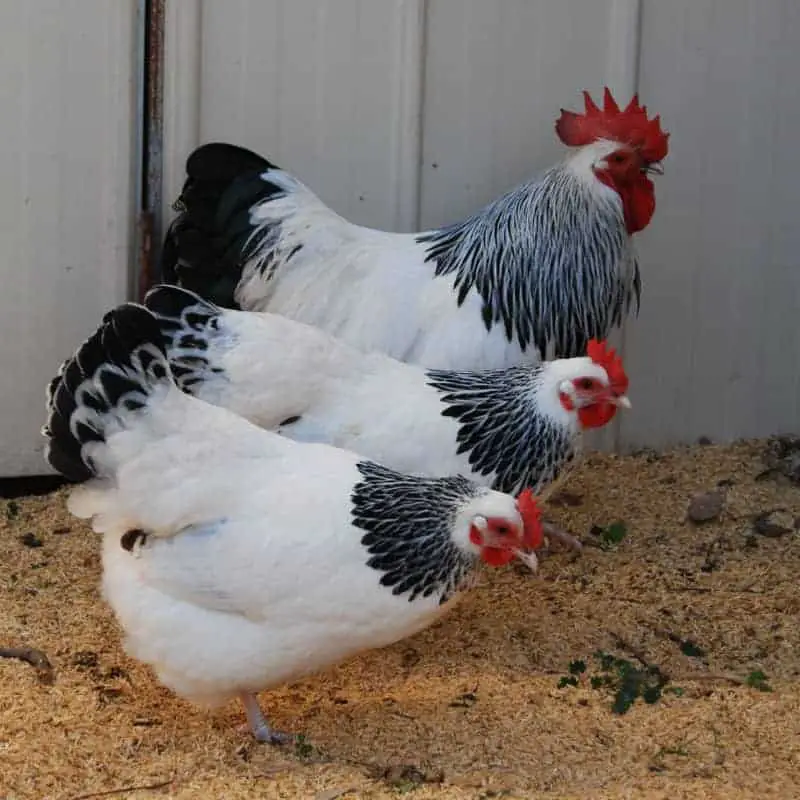
- Use: Eggs/Meat/Pets
- Eggs Production: 250
- Egg Size: Large
- Egg Color: Brown
- Best For: Chicken
There is a wide range of Sussex chickens, and their egg-laying abilities can vary quite a lot. You should be able to get 250 eggs per year but some will get 200 whereas others may be as high as 350 per year.
For those who want a child-friendly chicken, you can’t get better than the Sussex. Not only are they calm and friendly, but they will also eat from the hand too. All the while, you can enjoy a near-endless supply of large brown eggs.
7. Leghorn
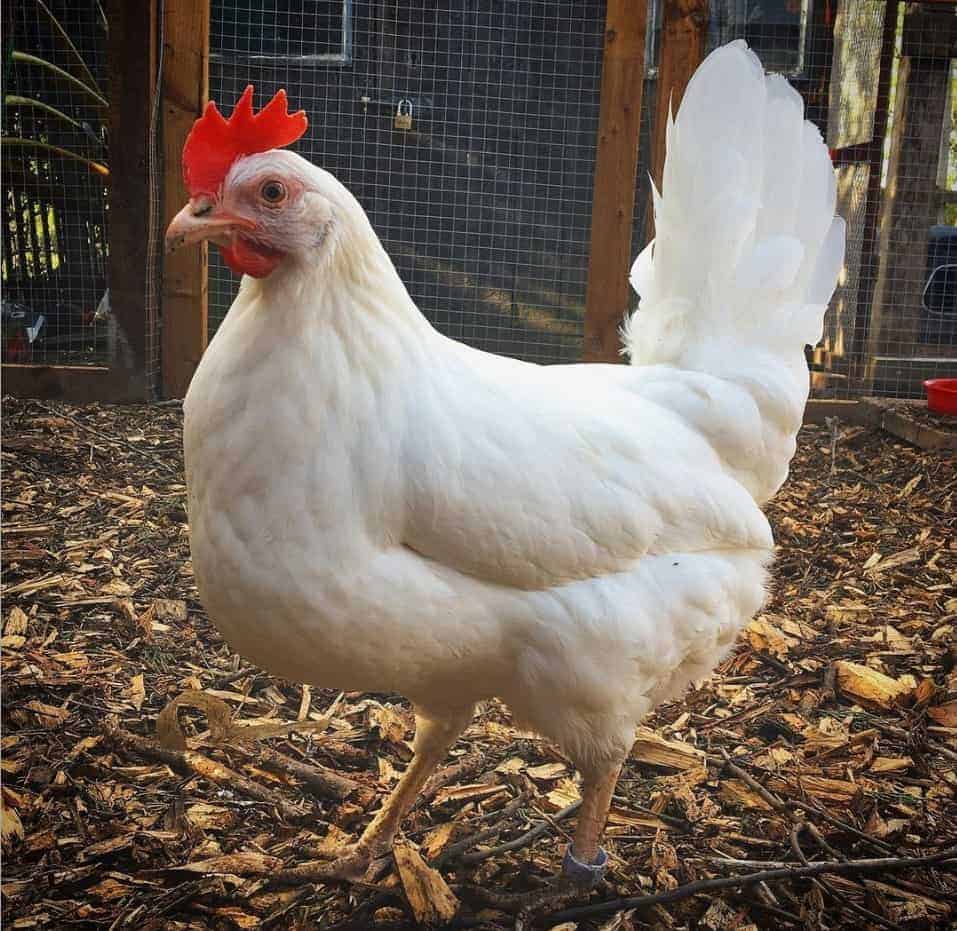
- Use: Eggs
- Eggs Production: 280
- Egg Size: Medium
- Egg Color: White
- Best For: Large areas
These are one of the most famous egg layers of all time. It’s also the highest pure-breed chicken on this list. They take their name from the Italian port city of Livorno, which is Leghorn in English. They come in many varieties so their egg production can vary, with some producing well over 300 per year.
Not being a hybrid, their personality can change from one bird to the next. However, they are often quite shy and not great for kids. However, they are rarely broody and make for excellent egg layers, and are happiest when given space to roam.
6. Red Shaver
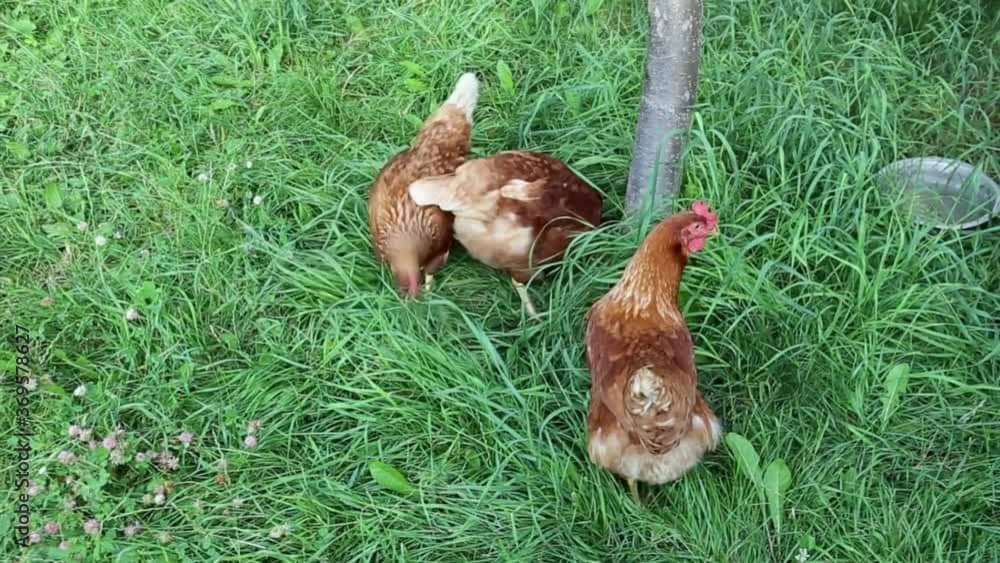
- Use: Eggs and Meat
- Eggs Production: 300
- Egg Size: Medium
- Egg Color: Brown
- Best For: Expert Farmers
As we indicated above, every chicken from here on out is a hybrid. That makes sense, as egg producers wanted breeds that both produced a large number of eggs and were easy to keep. In this instance, the Red Shaver comes as a cross of a Delaware hen and a Rhode Island Red rooster.
As with almost all hybrids, these birds don’t need any special requirements and are hardy. Their light red coat is quite attractive but their behavior can be a little unpredictable. If you want chickens for both eggs and meat, they are a good choice.
5. Red Star
- Use: Eggs and meat
- Eggs Production: 300
- Egg Size: Large
- Egg Color: Brown
- Best For: Cold climates
The story here is almost identical to the Red Shaver. Instead of a Delaware hen, these birds are made as a cross between two other chickens in this list, a Rhode Island Red and a White Plymouth Rock.
Developed in the 50s, these chickens are good for colder climates as they are hardy animals and very rarely get sick. While they are good for families, you do have to be a little careful as they can fly much higher than many other chickens.
4. Sapphire Gem
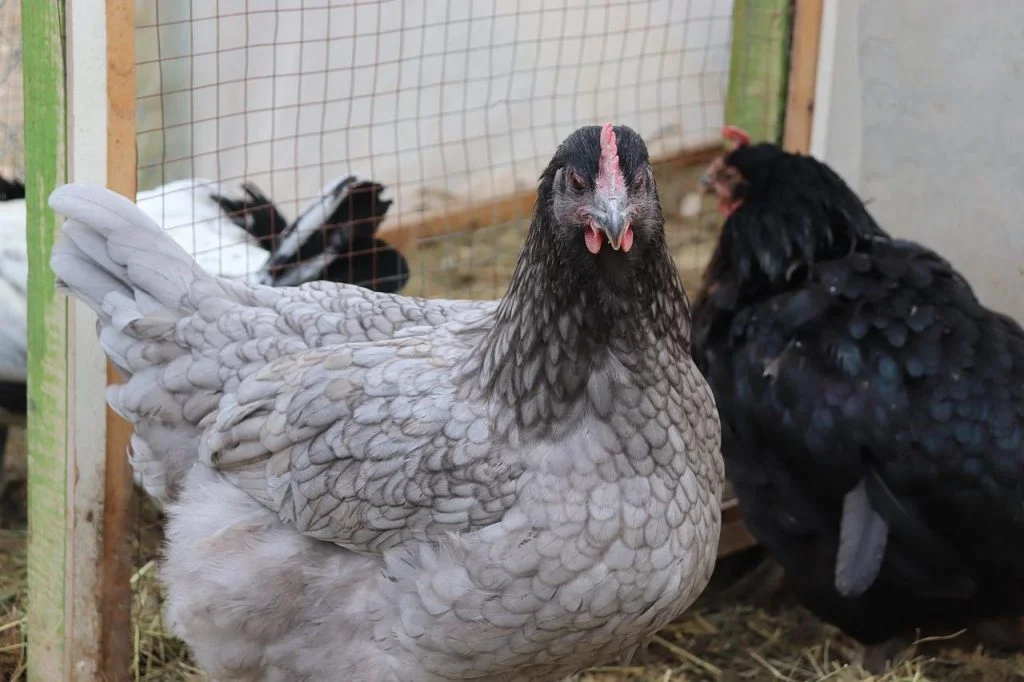
- Use: Eggs
- Eggs Production: 300
- Egg Size: Large
- Egg Color: Brown
- Best For: Self-Sufficiency
Also closely related to the Plymouth Rock, these chickens are perfect for those with a lot of space. Not only do they like being free-range, but they are also brilliant foragers and therefore will be happy to find their own food.
Despite only being medium-sized chickens, they can produce large eggs and will give you around 300 per year. Many love keeping these chickens as they are always bright and alert, and can also cope with a wide variety of environments.
3. Lohmann Brown
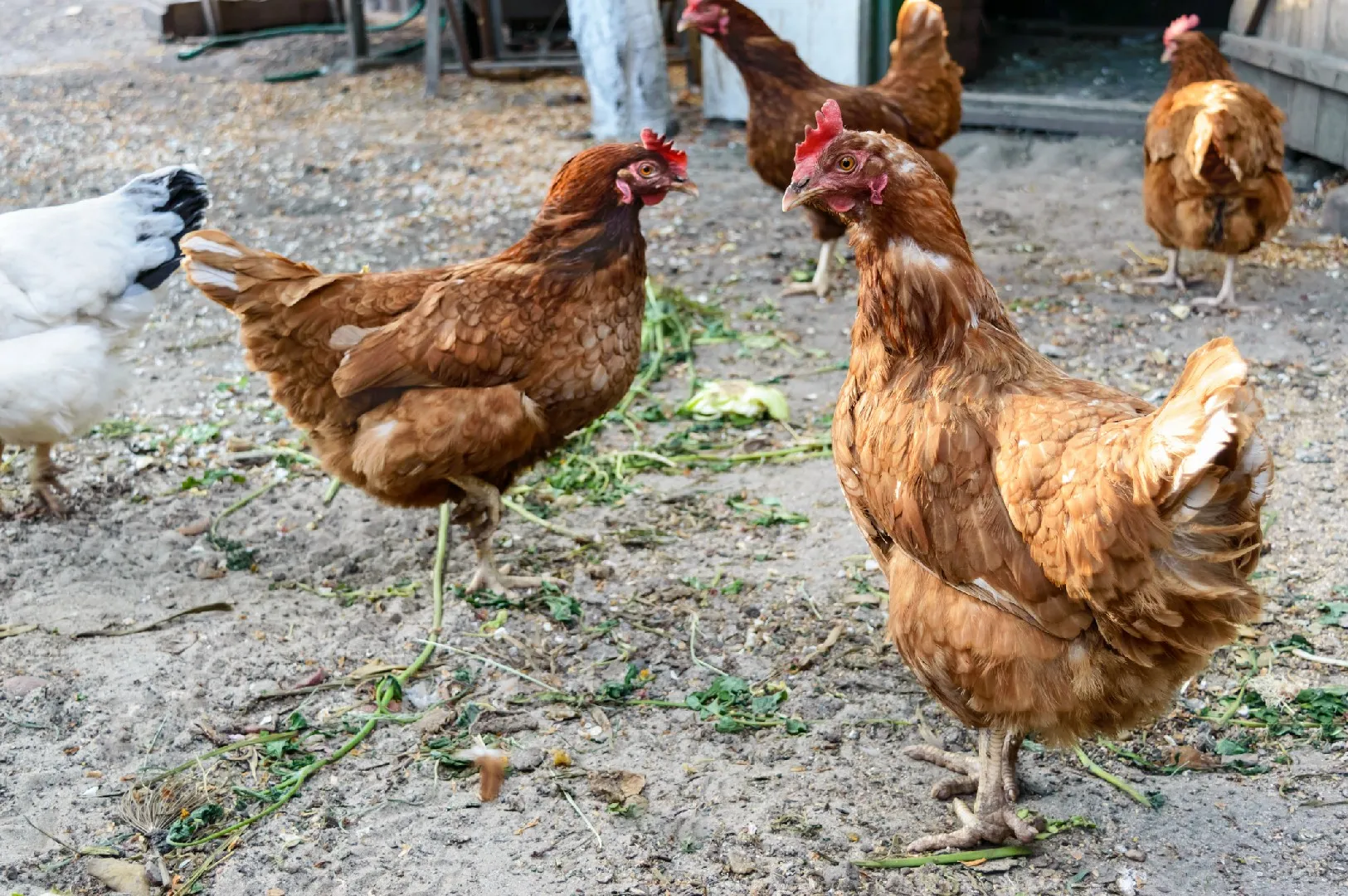
- Use: Eggs
- Eggs Production: 300
- Egg Size: Large
- Egg Color: Light Brown
- Best For: Families
All of our top three chickens are great for families and those looking for a small flock for a backyard coop. The Lohmann Brown is an incredible egg layer that produces large brown eggs and will often give you one per day.
Originally bred in Germany, they are a cross between a New Hampshire Red and others. They are calm animals and don’t mind being handled. They can also cope in fairly confined settings but as with any other chickens, they’ll do better if they can get fresh air and can forage.
2. Golden Comet
- Use: Eggs
- Eggs Production: 280-320
- Egg Size: Medium/Large
- Egg Color: Light Brown
- Best For: Easy Care
Another one of our brilliant hybrids is the Golden Comet. Able to cope in most environments, it was specifically bred for egg-laying. The hens rarely get broody and are very easy to keep, making them ideal for first-timers.
Once they reach adulthood, these hens will give you an almost endless supply of eggs with ease. Added to that, they are a lovely and intelligent breed that is a pleasure to keep. For backyard coops, the Golden Comet is a brilliant choice.
1. Isa Brown
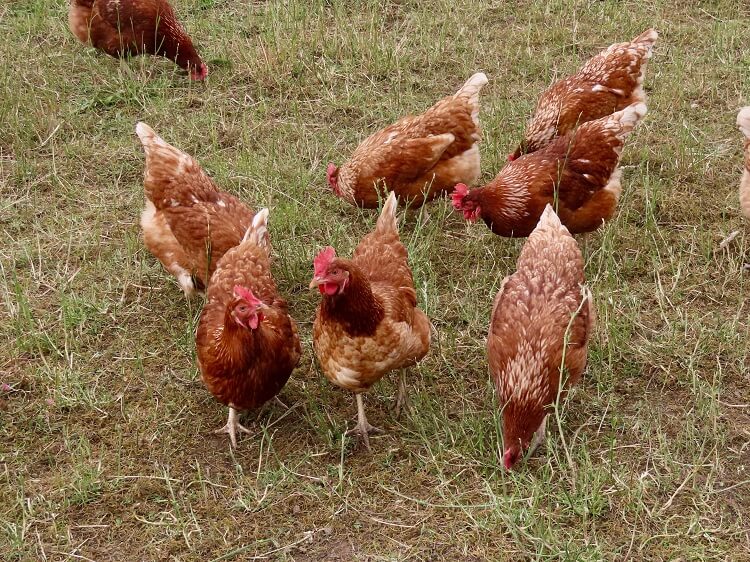
- Use: Eggs/Meat/Pets
- Eggs Production: 325
- Egg Size: Large
- Egg Color: Light Brown
- Best For: Anyone
The ISA Brown is the queen of the egg-laying world. It ticks every box of what you want from an egg layer. You can expect 300 to 350 eggs per year, and they start laying at around 16 weeks. Added to that, they are hardy birds that are easy to keep in any environment.
For those looking for an egg-laying pet, the ISA Brown is perfect for that too. They are beautiful and affectionate birds that are friendly around kids. Their large size means they can be used for meat but these low-maintenance chickens are almost always kept for their egg-laying.
Best Egg Laying Chickens – FAQs
1. What chicken lays 350 eggs a year?
Very few chickens can lay 350 eggs in a year. However, the ISA brown will sometimes get up to 350 per year, but that isn’t guaranteed.
2. What kind of chicken lays 2 eggs a day?
During peak egg production, a hen may be able to produce two eggs within a 24-hour period. However, no chicken can lay two large eggs per day, every day.
3. How many eggs can 1 chicken lay in 1 day?
High egg producers will often take around 26 hours to produce an egg. Therefore, don’t expect more than one egg per day. Most great egg layers will make 5 to 6 eggs per week.
4. How many eggs will 4 chickens lay in a week?
Four great egg-laying chickens such as those on this list will give you approximately 20-25 eggs per week. Many people also ask ‘how many chickens does it take to lay 2 dozen eggs a week?’ and the answer to that is, therefore, around four.
5. Is it cheaper to buy eggs or have chickens?
Not including one-off costs, you’ll spend between $300 to $600 to keep four chickens annually. They’ll produce around 1,200 eggs per year, which works out at $0.375 per egg if you take an average cost of $450 per year.
You can buy value eggs from the likes of Walmart for a very similar cost per egg. When you add in the upfront costs, then you’d have to say it’s cheaper to buy eggs. However, you can balance that against the ability to get perfectly fresh eggs whenever you want.
6. How many chickens should a beginner start with?
Chickens like being in a flock and therefore it’s suggested to start with at least three chickens, but ideally four or five. Chickens are sociable animals and it’s not advised to have one on its own.
7. How long do egg laying chickens live?
Hens will start laying eggs after around 18 to 22 weeks. They will then continue to lay eggs for approximately five years. However, in that time, the last couple of years are likely to see a reduction in egg production.
The hen will usually live for another couple of years after retirement. It’s important to note that these ages are rough estimates and can change significantly from one breed to the next.
Final Thoughts
If you’re excited about the possibility of creating your own eggs, there are many brilliant breeds out there. It’s important to not just focus on egg production but also consider how the chicken breed will cope with the space you have and the climate you live in.

